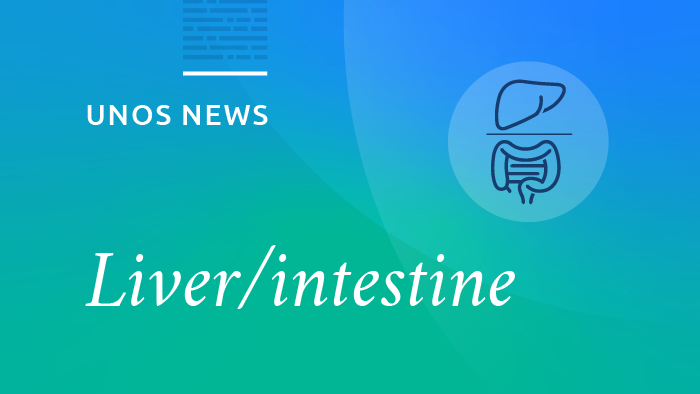Chicago – The OPTN/UNOS Liver and Intestinal Organ Transplantation Committee, at its meeting Nov. 2, voted to advance a proposal to revise liver distribution policy for a final vote by the OPTN/UNOS Board of Directors at its Dec. 3-4 meeting. The proposal is intended to establish greater consistency in the geographic areas used to match liver transplant candidates with available organs from most adult deceased donors and reduce geographic differences in liver transplant access.
“We believe this reflects a commitment to transplant the most urgent candidates while balancing a number of key issues affecting the liver transplant process,” said committee chair Julie Heimbach, M.D. “We’re committed to closely monitoring the impact of this policy and to making modifications if further optimizations are identified.”
The proposal would replace fixed, irregular local and regional geographic boundaries historically used to match liver candidates based on the donor location. It would initially prioritize liver offers from most deceased adult donors in the following sequence:
- the most medically urgent candidates (Status 1A and 1B) listed at transplant hospitals within a radius of 500 nautical miles of the donor hospital
- candidates with a MELD or PELD score of 29 or higher listed at transplant hospitals within a radius of 250 nautical miles from the donor hospital
- candidates with a MELD or PELD score between 15 and 28 listed at transplant hospitals within a radius of 150 miles from the donor hospital
Livers from deceased donors older than age 70, and/or those who die as a result of cardiorespiratory failure, will be exempt from this distribution. Most of these organs are accepted for local candidates, since they are most viable when the preservation time between recovery and transplantation is short. In addition, this distribution sequence would not apply to livers from deceased donors younger than age 18, which are preferentially considered for pediatric transplant candidates.
The committee further recommended that the implementation of revised liver distribution policy occur no sooner than three months from the pending implementation of a new National Liver Review Board (NLRB), which is scheduled to occur in early 2019. Also, upon NRLB implementation, the committee recommended that standardized exception scores for liver candidates be capped at 28, so that candidates with these scores would not outgain priority for urgent candidates based on calculated MELD/PELD scores. Transplant hospitals, using their medical judgment, may request exception scores higher than 28 from the NLRB for individual candidates.
Simulation modeling of the proposed changes indicate they would reduce variation in transplants by MELD score that exist in various areas of the country under the current liver distribution system. Modeling further predicts that the changes should reduce pre-transplant deaths and increase access for liver transplant candidates younger than age 18. In addition to modeling results, the committee reviewed opinions, recommendations and questions from more than 1,200 public comments submitted between Oct. 8 and Nov. 1.

